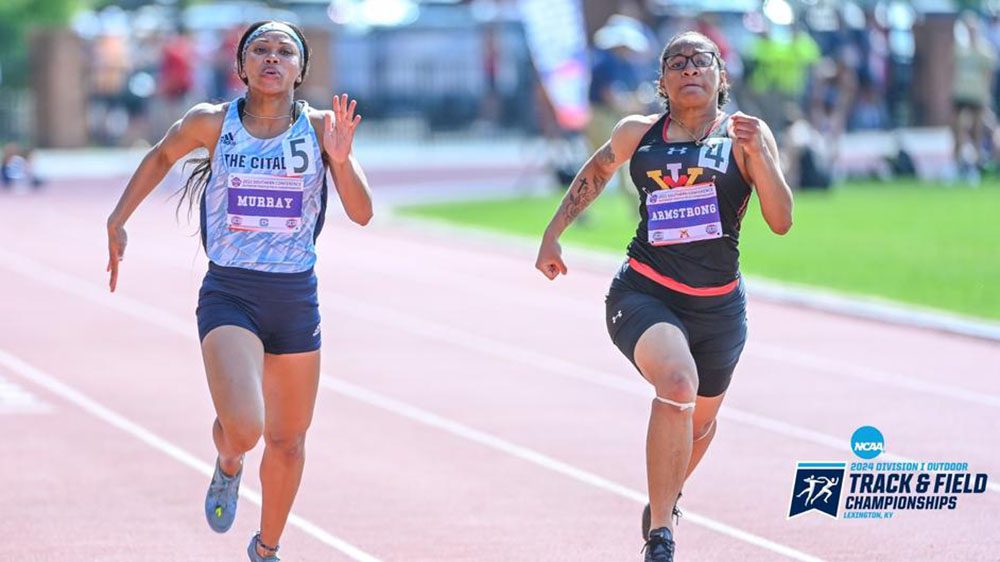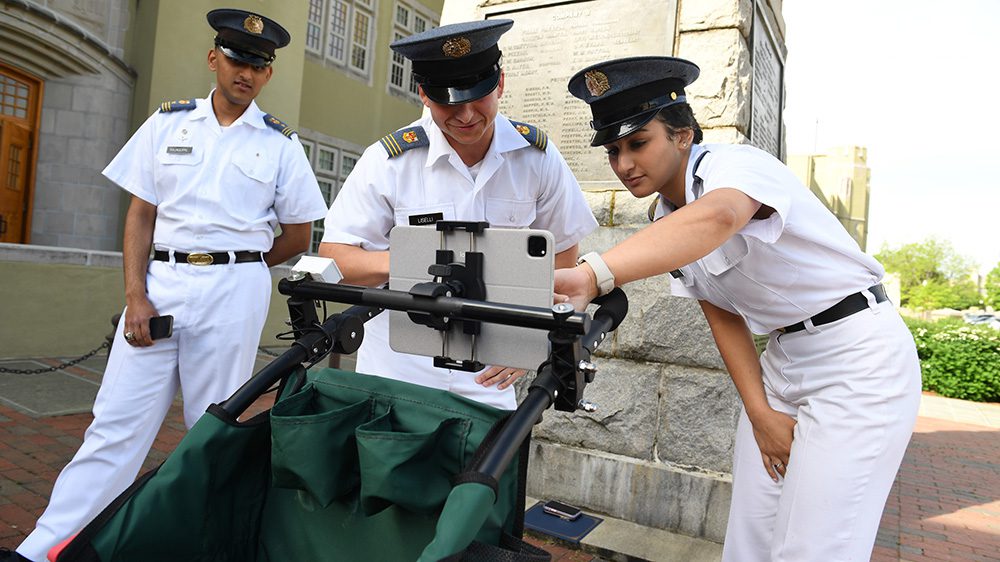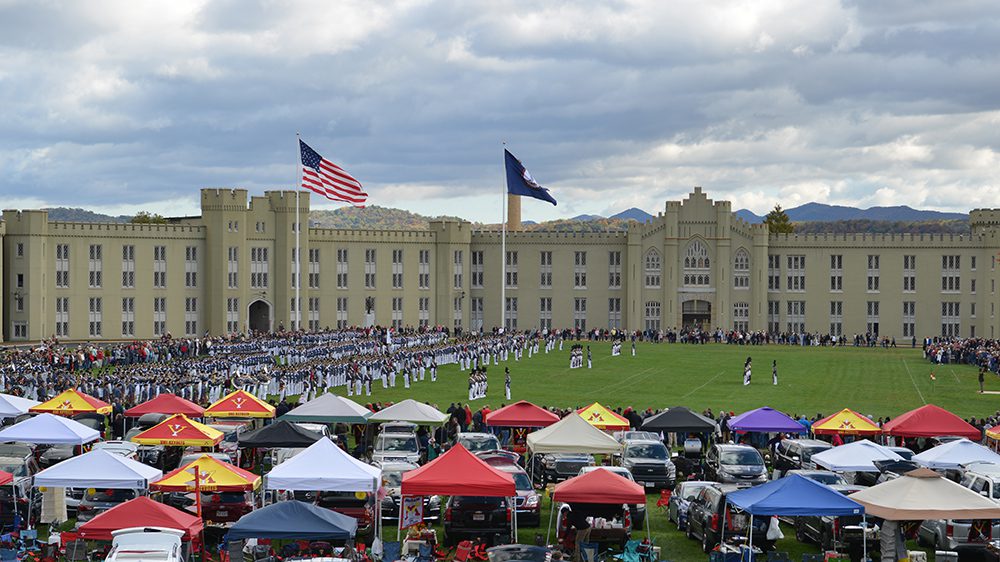Long a goal for the Department of Civil and Environmental Engineering, a newly renovated structures lab has opened this academic year in the Nichols Engineering Building annex. The lab, which was formerly occupied by the mechanical engineering department, will allow a much larger space for class projects, as well as individual cadet and faculty research.
Obtaining more lab space has been a goal of the department for over a decade, said Col. Chuck Newhouse, Ph.D., professor of civil and environmental engineering. Last year, VMI wasn’t able to field a team in the American Society of Civil Engineers’ concrete canoe competition because there was no space for cadets to build a canoe, and the reinforced concrete class taught by Lt. Col. Matt Swenty, Ph.D., associate professor of civil and environmental engineering, was also unable to have a lab component due to space constraints.
At more than four and a half times the size of the previous lab, the newly renovated space has solved both of those problems. Cadets working on the concrete canoe project, a staple of VMI’s civil and environmental engineering department for several decades, have already cast their canoe in preparation for this year’s competition, held March 28-30 at George Mason University. Also in the lab, the approximately 55 cadets enrolled in this spring’s reinforced concrete class are setting up rebar and getting ready to pour concrete.
“Now we can do demonstrations hands-on,” said Swenty. “One of their homework assignments is to go down [to the lab] and get dirty.”
One of those hands-on cadets appreciating the new lab space is Cadet Will Hostetler ’20, who is taking Swenty’s reinforced concrete class this semester.
“It’s really nice because it gives you a hands-on experience,” said Hostetler of the lab. “[In the class] you can kind of imagine what you’re doing, but when you’re down here actually making [concrete] and seeing what you’re learning hands-on, it makes it resonate a lot better. It makes you a lot more interested in it when you can actually see what you’re doing.”
Working in the lab “has taught me how to really think outside the box,” noted Andrew Polson ’20, who’s also taking the reinforced concrete class. “You can do a bunch of problems on the board and understand it from a 2-D point of view, but coming down here and doing it gives you more of an appreciation for what you’re actually doing,” he continued.
Both Hostetler and Polson noted that the hands-on experience is especially valuable to them because they both plan to work in construction after graduating from VMI.
In another part of the lab, the four main members of VMI’s concrete canoe team – Cadets Zach McBride ’19, David “Bunny” Hansen ’20, David Rosario ’19 and Brian Halpin ’19 – are busy readying their yet-unnamed vessel to float on the waters of the Potomac River at George Mason University.
“It’s a really great project – a way to get hands-on experience mixing concrete, building molds, etc.” said Hansen.
“It’s a pretty cool concept,” added McBride, who plans to commission into the Army and serve in the Corps of Engineers. “You tell people you’re building a canoe out of concrete and the first thing they’ll say is, ‘Does it float?’”
The concrete used for the canoe contains a lightweight aggregate in place of concrete’s typical crushed stone to vastly reduce the material’s weight. While the exact density of their concrete will not be known until it cures, McBride is optimistic about the cadet-designed material.
“The canoe is going to float no matter what,” McBride observed. “The actual weight of the concrete – its density – is lighter than water.”
It’s lessons such as that that the lab is meant to inculcate. “It’s a student project lab as much as [a structures lab],” said Newhouse.
“We’ve been a large department for a long time, and we do large projects,” he commented. “This is a nice space for us. Most schools this size wouldn’t have this.”




